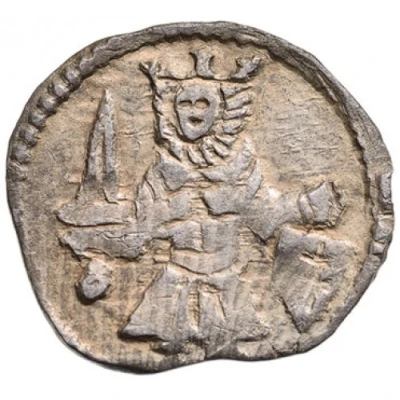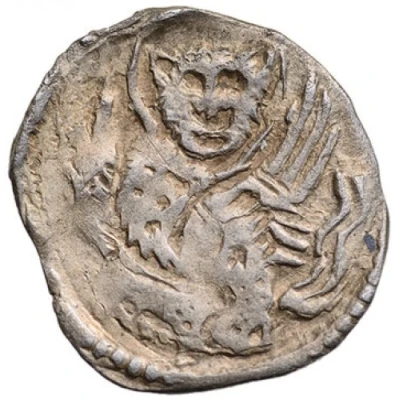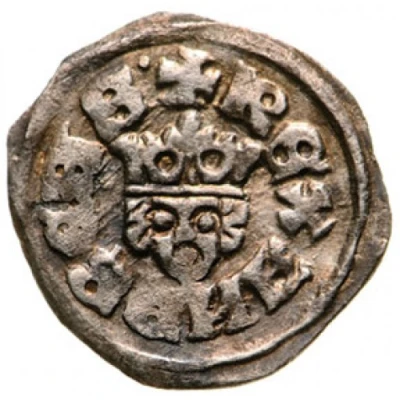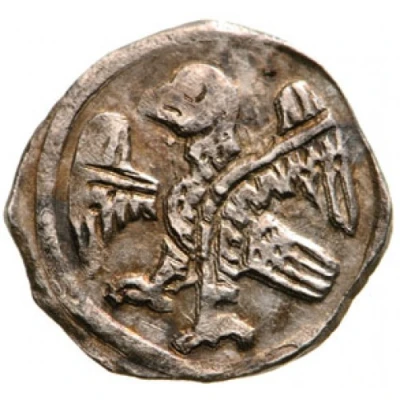Obol - Andrew III ND
| Silver | 0.25 g | 9.50 mm |
| Issuer | Hungary |
|---|---|
| King | Andrew III (III. András) (1290-1301) |
| Type | Standard circulation coin |
| Years | 1290-1301 |
| Value | Obol (Obulus) (½) |
| Currency | Denier (997-1310) |
| Composition | Silver |
| Weight | 0.25 g |
| Diameter | 9.50 mm |
| Shape | Round (irregular) |
| Technique | Hammered |
| Demonetized | Yes |
| Updated | 2024-10-05 |
| Numista | N#78779 |
|---|---|
| Rarity index | 97% |
Reverse
Rimmed double cross with signs around
Edge
Plain
Interesting fact
The Obol coin , which was issued during the reign of Andrew III of Hungary (1290-1301), was part of a series of coins that were introduced to replace the previous denomination, the "denarius," which had been in use since the 12th century. The Obol was a smaller coin, made of silver, and was valued at one-third of a denarius. This change in currency was likely made to address inflation and to make transactions easier for common people.



